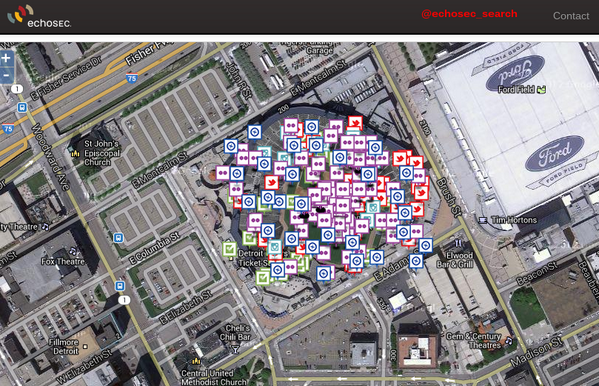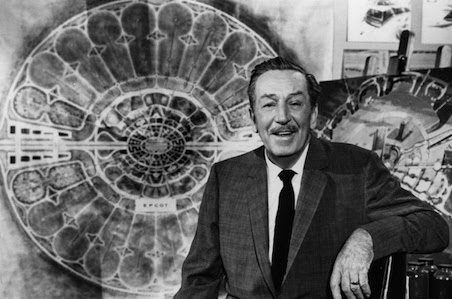
“Our technology has become our gateway to our reality, and our reality has become a distorted ‘hyperreality’ – Baudrillard
We have entered a time where we rely each other’s shared experiences viewed through our social networks which now extend beyond the local to provide us with the pieces of information that form our new perception of the world. The Twitter-sphere’s and Reddit’s trending threads and hash-tags already represent the flowing current of the zeitgeist, expressing the collectively wired. What are we internet people reading and talking about? What is relevant to me right now? What will be relevant to us when the next 2 billion people come online?
With the adoption of high speed internet connections, the collectively wired have joined to become part of one ersatz nation, shattering the corporate news medias central perspective, along with shoddy and often one dimensional advertising campaigns that once held together the traditionally coveted cable TV model (and sharing cat pictures). Now it’s absolutely necessary to have a social media component and web component as part of your marketing model in all realms of business to measure, understand and interact with your audience.
Just look at decision engines. Individuals believe that there is a certain amount of trust inherent in the fact that these views and perspectives stem from regular people, “just like me”. Review engines built into TripAdvisor, Yelp, Airbnb and even Ebay and Amazon are responsible for herding commerce by affecting decision making and closing sales (sorry sales guys). You don’t need a direct recommendation from a real life friend or convincing salesperson when there are hundreds of people just like you out there writing product and service reviews. In this way business has become a two way dialogue and the massive amount of information available to us means we have to be more discerning and organized about the way we access it.
So how do we navigate ourselves in the sea of information? As mentioned in previous posts, organizing how we digest our data has become its own specialty and will involve the birth of innovative ways of looking at data relationships like the upcoming Semantic Web browser “Tabulator”.
New systems like those from Echosec let us pull social media data and chatter from a specific geographic areas just by clicking and dragging. This is the modern “radio scanner,” except it works for far more than just police events.
By dragging a bounding box over an area of the map, a snapshot of the local buzz is generated in real-time, accessible from anywhere on the globe.
Eventually, by filtering context such as “food” or “shows’, I could be visiting a different city and be able to figure out where the best spots to dine for me are because I’ll be able to see various dishes being discussed, tweeted about and instagrammed in real-time.
Governmental agencies also benefit by digitizing information. They can better plan, prepare and respond to civic issues using the latest GIS platforms. Privacy be damned, data, in all its glorious forms is here to share and the human race will be better off for it. When another two billion people come online over the next couple years this will be all too clear. But, in order for data to truly improve our lives, it requires a two way system of sharing. For instance if BC hydro is going to monitor our homes power usage data, in return, the public should have access to a heat-map of the electrical grid in it’s entirety. This may not sound practical to an average taxpayer now, but if you allow for innovation in the free market to drive the improvement of power distribution and efficiency to lower energy costs in the future, it is necessary.
In the meantime, paper map and road guide booklet companies are undoubtedly seeing a decline in sales. In the modern era, pulling over to ask a gas station attendant for directions was a commonality. In the postmodern era, smartphones are eliminating the needs for human interaction and thinking skills leaving us with a cognitive surplus and a feeling of estrangement around one another.
Waiting in a line-up somewhere, better check my phone and see what’s going on.
Multiplied over the number of operations that used to require an interaction, a skill set, or specific knowledge, we are facing an intellectual gap that only the cohesiveness of the wired collective can fill. This means in the future, systems will have to be set up to pull things like traffic data involving signage and bi-laws to feed into a cars autonomous computer system. It will be expected that our surroundings are data packed and digitally quantified. On the plus side, forget ever getting a speeding ticket in a school zone again, even with manual control, you could program your car to always limit your speed inside the bounding box of a school zone during school hours.
Making many more sources of data available to creative people will help society manage resources intelligently to sustain our future growth. Stay tuned for the next article with a look at upcoming open source money and voting systems.




